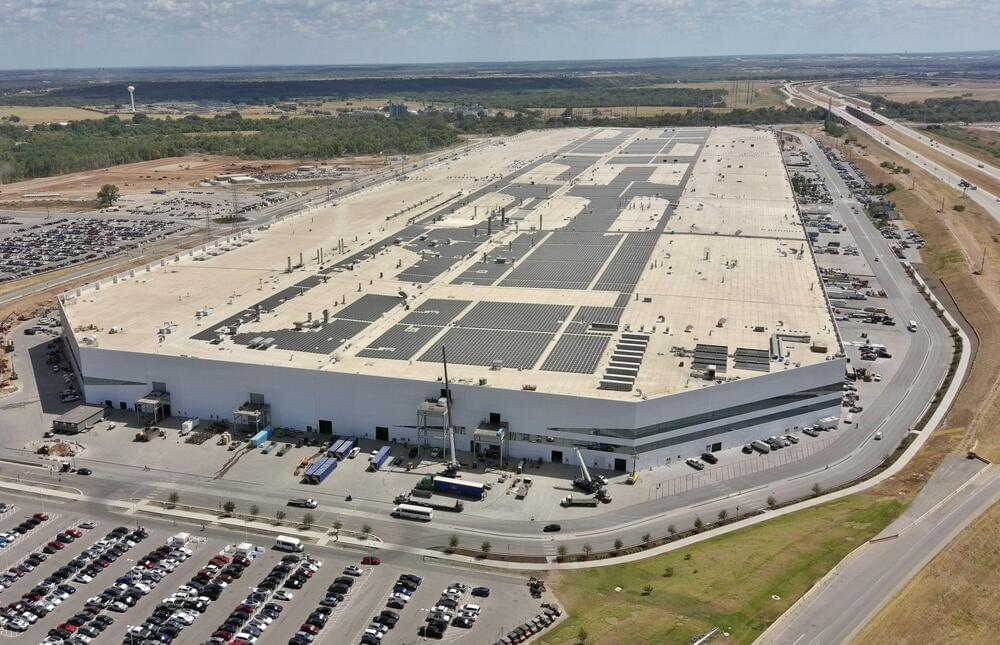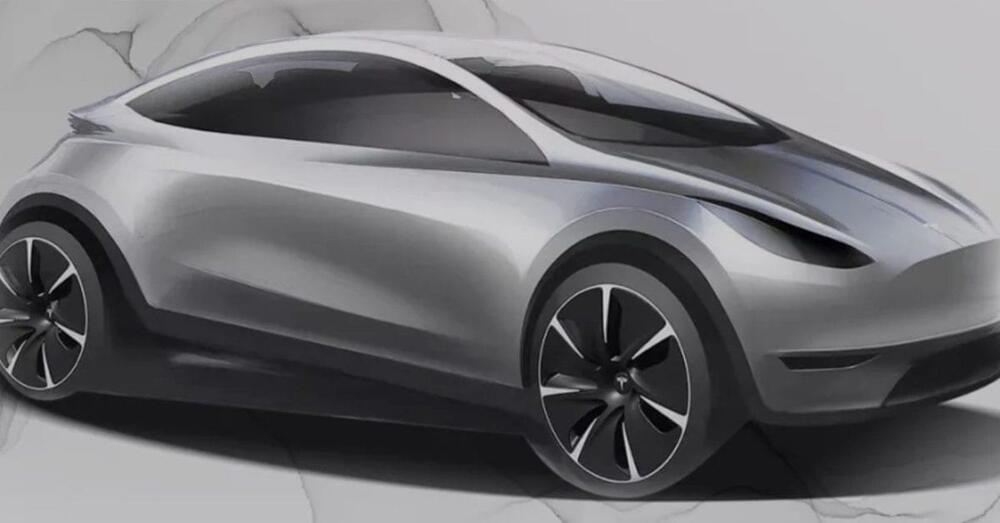Tesla CEO Elon Musk has shared some new details about the automaker’s plans for its next-generation, $25,000 electric vehicle (EV), including that it will be built first in Austin, Texas.
On Tuesday, longtime auto industry veteran Sandy Munro shared a new interview with Musk, held following the Cybertruck delivery event. During the interview, the two talked mostly about the Cybertruck, though they also discussed Tesla’s next-generation vehicle for a few minutes.
While Musk said he couldn’t share any details about unit volume and dates for the next-gen EV, due to them being suggestive of Tesla’s financials, he did go on to share a few things. For one, Musk said that Tesla was “quite far advanced” in working to develop the low-cost, high-volume EV, adding that he reviews the production line plans for that on a weekly basis.





